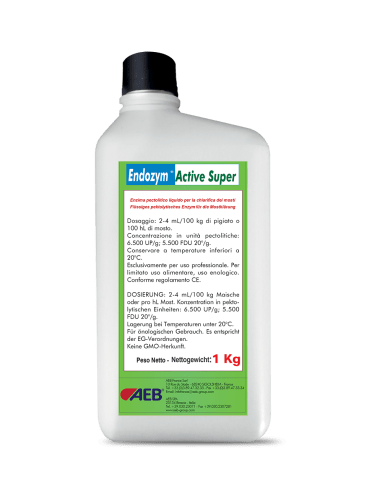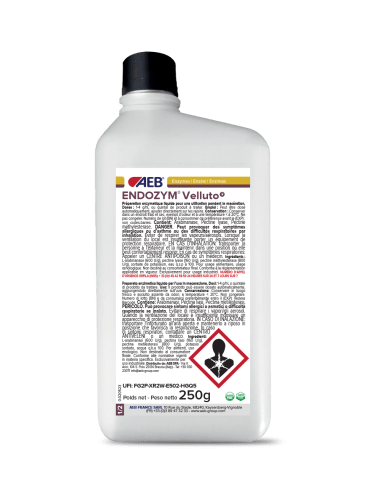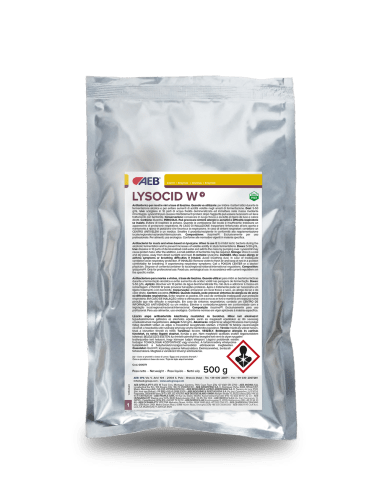Enzymes
 Filter
Filter
Antioxidant
ENDOZYM® Antibotrytis
Fining
ENDOZYM® Ice
Aroma enhancement
ENDOZYM® Thiol
Aroma enhancement
ENDOZYM® ß-Split
Aroma enhancement
ENDOZYM® Thiol Rouge
Aroma enhancement
ENDOZYM® Glucalyse 2.0
Maceration
ENDOZYM® Rouge HR
Maceration
ENDOZYM® Aromatic
Maceration
ENDOZYM® Cultivar
Maceration
ENDOZYM® ICS 10 Arôme
Maceration
ENDOZYM® ICS 10 Rouge
Maceration
ENDOZYM® Rouge
Maceration
ENDOZYM® Rouge Liquid
Maceration
ENDOZYM® Rouge Deep Skin
Maceration
ENDOZYM® Rouge Light Skin
Maceration
ENDOZYM® Rouge Super
Maceration
ENDOZYM® Cat-0
Maceration
ENDOZYM® Velluto
Maceration
ENDOZYM® Rouge Liquid XL
MICROBIOLOGICAL STABILIZATION
LYSOCID W
THE ENZYMES FOR WINEMAKING
The enzymes for wine consist of protein-type substances which act as biochemical catalysts accelerating the course of different reactions. AEB has invested numerous resource in attaining the most advanced production technologies, in response to the growing demand for quality and the request for enzyme preparations with high degrees of purity. Our Research and Development department works constantly with the fermentation broths of selected strains of Aspergillus Niger and/or Trichoderma Harzianum, for the recovery, purification and production of mixtures with specific enzyme activities.
AEB’s RANGE OF ENZYMES: PECTOLITC ENZYMES AND LIQUID PREPARATIONS
AEB’s range of enzymes offers a wide assortment of products to meet all the requirements of wine producers. To optimise the clarification of musts and wines, we have pectolitic enzyme preparations, as well as enzymes for treating grape rot, which inactivate the polyphenoloxidases found in the must. To improve the efficacy of flotation and shorten the time required for it, we have created a liquid enzyme for flotation. One of the most innovative products is a combination of two enzyme preparations specifically for thermovinification. We have formulations for: increasing the extraction of varietal aromas; aiding the clarification of musts obtained from low-temperature pellicular maceration; improving the extraction of thiol aromatic precursors to enhance the varietal aromatic characteristics of the grape. Our enzyme formulations also allow the reduction in the intensity of pumping over and maceration times.
To obtain an antibacterial action at the beginning of fermentation or bottling, our selection includes a lysozyme-based preparation with an antibacterial effect on lactic bacteria and gram-positive bacteria, in general. Lastly, to reduce the possibility of contamination by Brettanomyces, we have produced an enzyme formulation based on chitosan and yeast hulls which ensure the elimination of Brett yeasts and the absorption of volatile phenols, the compounds which give wine an unpleasant odour.





































